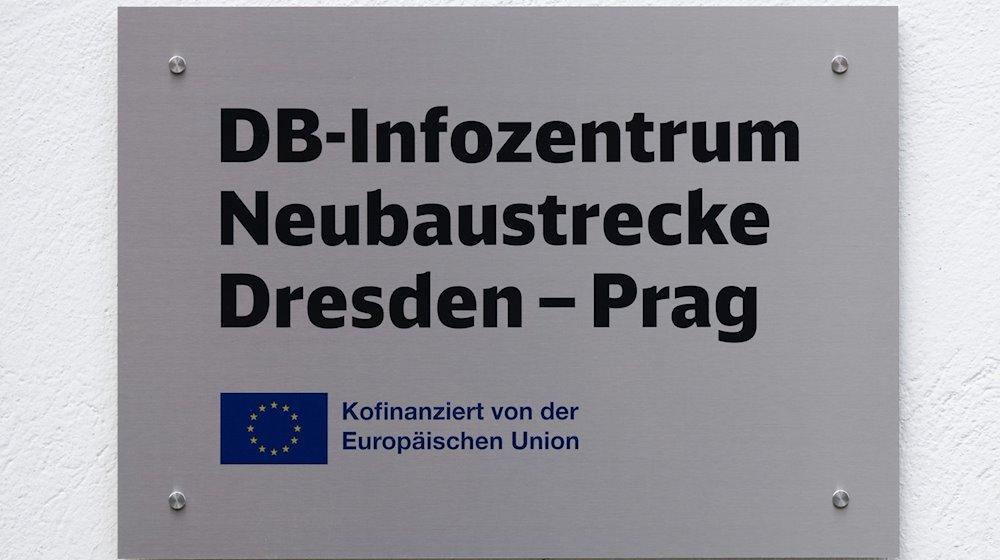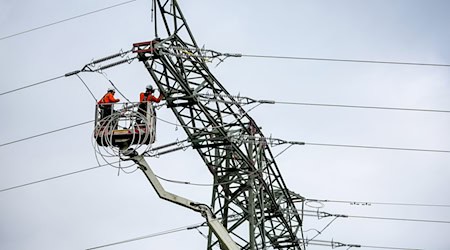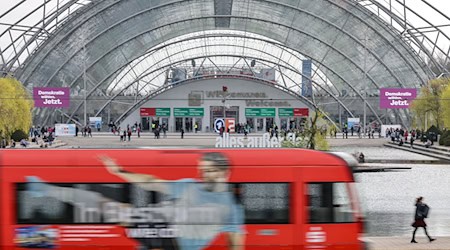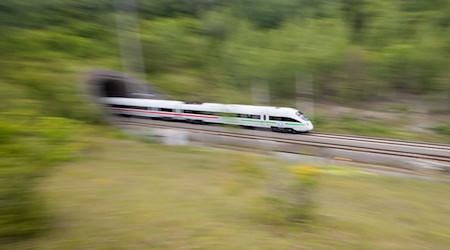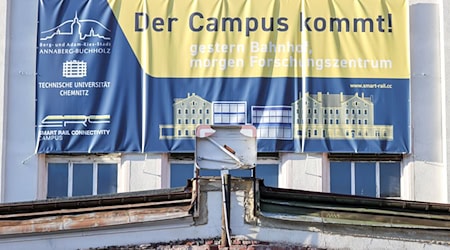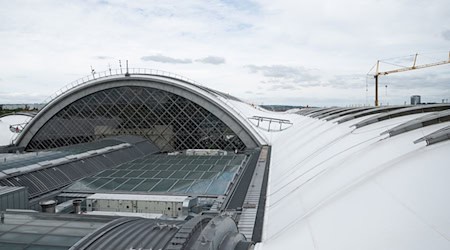Planning for Germany's longest railroad tunnel on the new Dresden-Prague line is entering the home straight. Deutsche Bahn (DB) has received the final comments and demands from the region for the completion of the preliminary planning with a 30-kilometre tunnel through the Ore Mountains, as the company announced on Wednesday in Heidenau (Saxon Switzerland-Eastern Ore Mountains district). Information on compensation areas, the design of noise barriers and construction logistics, for example, would still be included in the detailed planning.
The documents are to be submitted to the Bundestag in the summer. A decision on implementation and financing should then be made by the end of the legislative period, according to the statement. The existing route in the Elbe Valley has reached the limits of its capacity. The full tunnel variant is the best solution for the environment as well as technically and economically. It also offers a flood-proof alternative, the rail company emphasized.
The new construction project is considered an internationally important rail transport project. The variant envisages the construction of a tunnel around 30 kilometers long between Heidenau on the German side and Usti nad Labem on the Czech side. In future, passengers should be able to travel from Dresden to the Czech capital in just around an hour.
The Dresden-Prague route is part of a European rail corridor from German North Sea and Baltic ports through south-eastern Europe to Istanbul and Athens. "We are writing a piece of European transport history here. We are relieving the Elbe Valley and offering a fast way to transport goods from the North Sea and Baltic Sea ports to the Black Sea or the Mediterranean and vice versa," said Ingrid Felipe, Head of Infrastructure Planning and Projects at Deutsche Bahn.
However, rail travelers will have to wait at least another two decades before the first train rolls through the tunnel. According to current forecasts, Deutsche Bahn is aiming to start construction around 2032, with an estimated construction period of around twelve years.
Copyright 2024, dpa (www.dpa.de). All rights reserved

